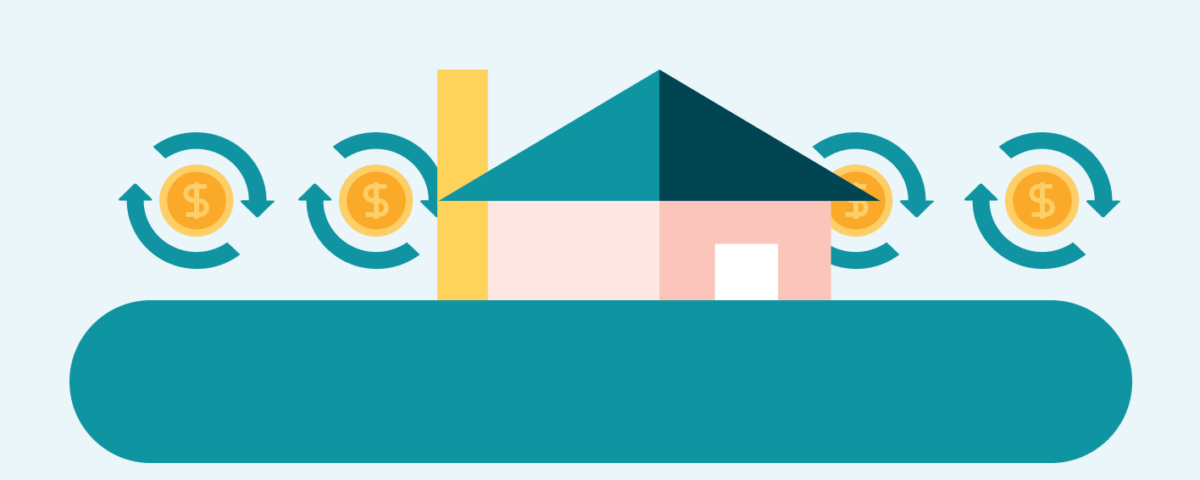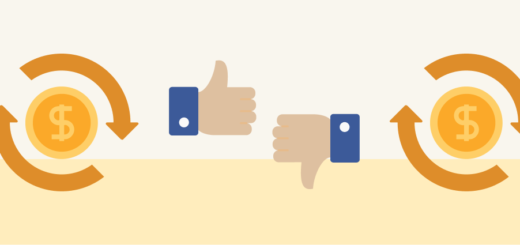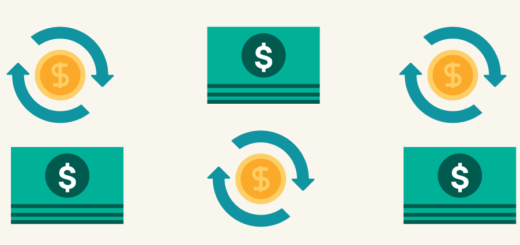How to Refinance an Underwater Mortgage
Our goal is to give you the tools and confidence you need to improve your finances. Although we receive compensation from our partner lenders, whom we will always identify, all opinions are our own. Credible Operations, Inc. NMLS # 1681276, is referred to here as “Credible.”
An underwater mortgage, sometimes known as an upside-down mortgage, is a home loan that has a higher principal balance than the home’s value. In other words, you owe the lender more than your home is worth. This puts you at a disadvantage if you’re looking to sell or refinance your home.
Here are your options if you’re trying to refinance an underwater mortgage:
Can you refinance an underwater mortgage?
If your mortgage is underwater, refinancing may be difficult because you have negative equity. Most lenders want you to have some equity before refinancing because if you default on the mortgage, the lender has a better chance at selling the home without taking a loss.
It’s possible to refinance an underwater mortgage in some cases, but it’ll depend on the type of mortgage you have.
How to refinance an underwater mortgage
There are a few ways to refinance an underwater mortgage:
FHA streamline refinance
An FHA streamline refinance is a mortgage that comes with less paperwork and potentially no credit check. It also doesn’t include a home appraisal, so you may refinance even if your mortgage is underwater.
You’ll need to have an existing FHA loan and meet a few other requirements to use this option.
Credible doesn’t offer FHA streamline refinances, but we can help you if you’re considering a rate-and-term refinance or cash-out refinance. Checking rates with us is free, secure, and has no effect on your credit score.
Find My Refi Rate
Checking rates will not affect your credit
VA streamline refinance
A VA streamline refinance — also known as an interest rate reduction refinance loan (IRRRL) — typically requires fewer steps than a traditional refinance. One of the primary benefits of an IRRRL is less paperwork with no appraisal in most cases.
If your home loan is backed by the Department of Veterans Affairs, then this program may allow you to refinance an underwater mortgage.
USDA streamline refinance
The U.S. Department of Agriculture also offers a streamline program that cuts out some of the refinance paperwork on existing USDA loans. There’s no appraisal in most cases, so you may be able to refinance an underwater mortgage.
Fannie Mae High LTV Refinance
Note: Fannie Mae has temporarily paused this program. It may resume in the future with modified terms.
This special refinance program was designed for homeowners with low-equity or underwater mortgages that closed between Oct. 1, 2017, and June 30, 2021.
To qualify, Fannie Mae must have owned your mortgage, and your loan-to-value (LTV) ratio needed to be above 97%. You also needed to benefit in some way from the refinance — for example, lowering your interest rate.
Freddie Mac Enhanced Relief Refinance
Note: Freddie Mac has temporarily paused this program. It may resume in the future with modified terms.
Similar to Fannie Mae’s High LTV Refinance program, Freddie Mac’s Enhanced Relief Refinance program was created for home loans closed between Nov. 1, 2018, and June 30, 2021. It was available for homeowners with low-equity or underwater mortgages owned by Freddie Mac.
Recheck your home value
Between 2020 and 2021, U.S. homeowners saw their tappable home equity increase by 40%, according to mortgage data firm Black Knight.
As a result, the number of high-LTV and underwater loans dropped. You may now be eligible to refinance without realizing it, so consider getting an appraisal.
If you can refinance an underwater mortgage, should you?
Refinancing an underwater mortgage may be an option in some cases, but you should consider how long you plan to stay in your home. If you’ll be there a few more years, then you may decide to continue making regular monthly payments until the market shifts in your favor.
Home values rise at a pace of around 3.9% on average per year, according to Black Knight. If home values in your area trend upward, then your upside-down mortgage could eventually right itself on its own.
What to do if you can’t refinance an underwater mortgage
If you can’t refinance an underwater mortgage, you still have options:
Pay down the loan balance
The simplest solution, if you have extra room in your budget, is paying more toward your mortgage until you qualify to refinance. This can help bring you above water more quickly and give you enough equity to refinance.
Let’s say your home is worth $200,000, you owe $210,000 on your mortgage, and you need 5% equity to refinance. You’ll need to pay down at least $20,000 before applying for a refinance loan.
If you save $300 per month through the refinance, it will take you 5.5 years to break even on the $20,000 spent paying down the mortgage.
Seek out forbearance under the CARES Act
If you’ve struggled to make your mortgage payments as a result of the coronavirus pandemic, you may be able to take advantage of mortgage forbearance under the CARES Act and have your payments temporarily paused.
Initial forbearance plans last for approximately three to six months. You can request an extension if you need more time to get your finances in order. There’s currently no deadline for requesting an initial forbearance.
Ask for a mortgage modification
A home loan modification is an agreement between you and your lender that permanently changes your home loan terms.
It’s not a refinance, but your lender may agree to reduce your principal balance, which can help an underwater mortgage by allowing you to rebuild equity faster.
Sell the house and cover the difference
Another option is putting your home on the market, but you’ll need to consider how much you can get for it. If it won’t cover the amount needed to pay off the mortgage, you’ll need to come up with the difference at closing.
Conduct a short sale
A short sale allows you to sell your home for less than what you owe on the mortgage. But there are some hurdles to clear.
Your lender will need to approve the short sale, and it may impact your credit. In some states, you may be on the hook for the remaining loan balance unless your lender agrees to waive it.
Agree to a deed in lieu of foreclosure
A deed in lieu of foreclosure is an agreement between you and your lender where you hand over ownership of your home to your lender. In exchange, you avoid the foreclosure process and may be released from the remaining mortgage balance, depending on your state’s laws.
Your lender has no obligation to agree to a deed in lieu of foreclosure, and it may refuse it for any number of reasons. For instance, your lender may be able to recoup more money by opting for a foreclosure instead.
Let the house foreclose
When you fall behind on mortgage payments, your lender can eventually take your home through the foreclosure process. The lender will then sell the home to try and recoup its investment.
Aside from losing your home and the equity you’ve built, you may have to pay the difference between what the home sells for and the remaining mortgage balance. Foreclosure will also hurt your credit.
When does it make sense to refinance an underwater mortgage?
Many homeowners have refinanced in the past year or so to take advantage of historically low interest rates. If you have a high-rate mortgage and qualify for better terms, then refinancing can help you save money and better afford the mortgage.
Unfortunately, many lenders won’t let you refinance an underwater mortgage. If you have a government-backed loan (FHA, VA, or USDA), you might be in luck as streamline programs make refinancing an underwater mortgage easier.
If you have a conventional loan, you may need to pay down some of the loan balance before you can qualify for a refinance. Or, you could hold off on refinancing until home values in your area rise.
Keep Reading: When to Refinance a Mortgage: Is Now a Good Time?




